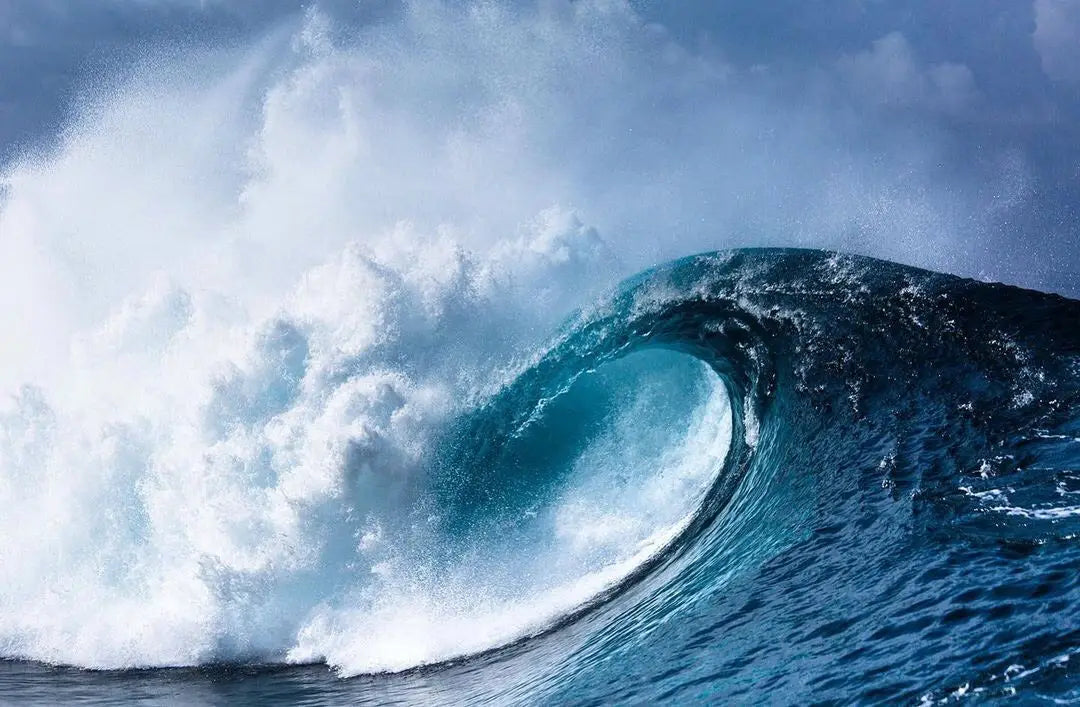Surf Terms That You May or May Not Know or Understand
Share
SURF TERMS THAT YOU MAY OR MAY NOT KNOW OR UNDERSTAND

Surfers have our their lingo and it can be pretty confusing for non-surfers or even the most experienced wave riders. I often have people in the shop asking me to explain some of the more fundamental surf lingo.
Here are surf terms I’ve defined:
What is a wind swell? And what is a ground swell?
You often hear people at the beach referring to wind swell and ground swell and saying things like “Hmm, the waves are a bit bumpy and weak. Looks like we only have a bit of wind swell in the water,” or “Wow, that ground swell has really filled in.” But what exactly does this mean?
Waves are generated by wind blowing (wind swell) over the surface of the water and when they are first generated, they tend to be somewhat weak and disorganized. The farther these waves travel, the more organized they become. They are all moving at slightly different speeds and as waves catch up with each other they join to create more powerful waves. As the waves join, gaps are created between them. These gaps are measured in seconds and referred to as period. For example, a swell that has only traveled a few feet from its point of origin might only have one or twosecond periods between waves. After traveling hundreds of miles, that period may have risen to eight or nine seconds because numerous waves have joined together.
The farther a swell travels and the longer the period is, the faster and more powerful the swell becomes and the farther below the surface the waves extends. Not all swells have the energy to travel long distances. As swells travel and join, the period increases, but the height of the swell decreases or decays. Swells that are generated by light to moderate local winds don’t tend to get very big and therefore decay quickly. The period on these swells might get up to around 10 seconds if they travel far enough, but not much higher. These swells usually fade out after traveling short distances. These swells are referred to as wind swells and tend to be weak and disorganized. They can still be valuable for surfers, if they impact a surfable coastline. Typically, they don’t tend to be super great swells.
Ground swells on the other hand, are generated by big storms and are able to travel long distances. As the period of these swells increases into the double digits, the swells become extremely powerful. They begin to exhibit the “blue corduroy” lines that we are used to seeing marching into the North Shore during winter. Ground swells typically have periods ranging from 11 seconds to 25+ seconds. The longer that period gets, the faster and more powerful the waves become and the farther below the ocean’s surface they extend. A 10-second period swell will only begin to feel the ocean floor at around 256 feet. Whereas a 20-second swell will feel the bottom at more than 1000 feet. Therefore, we refer to long-period swells as ground swells because they are feeling the “ground” of the ocean floor sooner. They often bend in specific directions based on the bathymetry of the ocean floor.
More To Read...
